Five Tips for a Memorable Massage
Photos courtesy of Health Works Institute
1) Pick Your Style; Pick Your Setting
Bucking all tradition for a massage, Dave Krischel, a 55-year-old roofer from Great Falls, says he tells his massage therapists, “I’ll do the singin’ if you bring the lyrics.
While it is not unusual for folks to bring their own music to a massage session, Dave’s offer to sing selections from Merle Haggard, Charlie Pride, and Hank Williams, Jr., illustrates the wide array of possibilities that have come to be associated with massage therapy.
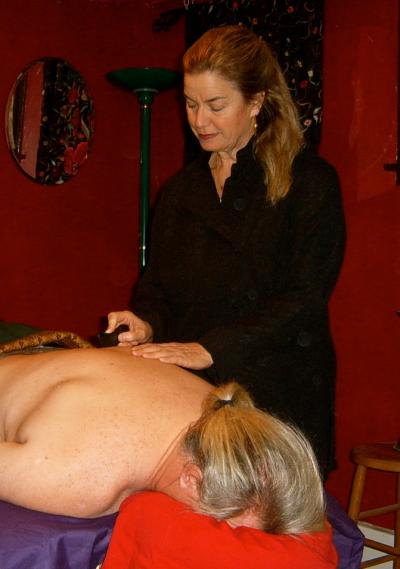
Other variations include:
Settings: Rodeos, sporting events, airports, camps, fairs, offices, schools, spas, fitness centers, hospitals, pain centers, rehabilitation clinics, private homes
Techniques: Swedish, deep tissue, cranial-sacral, reiki, pressure point, neuromuscular, lomi-lomi, ashiatsu, Thai
Specialties: Sports, pregnancy, pediatric, cancer-care, lymphatic, aroma therapy, reflexology
“Add-ons”: Salt rubs, sugar rubs, hot packs, cold packs, rice bags, bamboo sticks, warm stones, cold stones
Regardless of style or setting, an hour-long massage in the clinical room of a trained therapist can rivet your attention, change your breathing, and calm your central nervous system.
2) It’s Your Comfort that’s Important
When addressing individual needs, from relaxation through pain relief, massage therapists give reassurance that bodily concerns are normal. These include privacy needs, hairiness, smelly-ness, thin-ness, fattiness, or any of the other many, varied and unusual, “nesses” that cause us humans worry.
Take “nakedness,” for example. Where the issue of “clothing on” is not in question in the public sector of an airport, mall or office, but it can be during private sessions in homes or massage settings. Comfort and practicality are important considerations whether clothing is worn for personal or skin sensitivity reasons, or removed for techniques using creams, lotions, oils, warm stones or salt and sugar rubs.
3) Communicate Your Wants and Needs
To customize each massage, therapists make accommodations for medical considerations, focus areas, pressure differences, music or silence, warmth or coolness, pillows and bolsters, scents or fragrance-free, warm stones or any other amenities intended for relaxation and pain relief.
While the explanations are the therapist’s responsibility, never hesitate to share thoughts or ask questions. It may take a few sessions to know likes and dislikes, for instance, how much or how little pressure to apply, which may well vary from session to session.
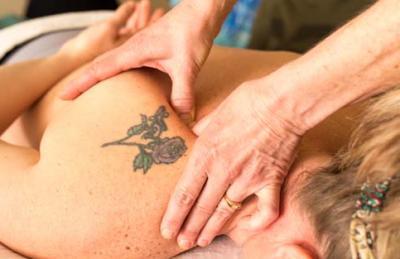
Deeper is not always better, and may prompt more holding patterns on the part of the client.
Therapists often use techniques that, “invite the muscles to soften,” says Hannah Johansen, longtime Big Sky massage therapist. “With this orientation,” she says, “healing becomes more of a dance.”
Patrick Sullivan, a massage therapist in Montana for five years says, “Working with a client means having an open line of communication that continues throughout the session. Checking in regularly can help maintain understanding between therapist and client.”
“A bond of trust is formed,” states Ruth Marion, owner and director of Bozeman-based massage school, Health Works Institute. “Quality communication allows massage therapy to have a meaningful impact on the client’s quality of life.” Marion is careful to highlight the importance of the therapist’s commitments to the individual preferences of every client.
4) Know When You Need a Specialist
As healthcare itself is becoming more specialized, pregnancy and sports massage illustrate two of a growing number of specialties in the field of massage therapy. While licensed massage therapists in general are trained to provide treatments, share information, and coordinate services, specialty certifications afford a wider array of information to both the therapist and client.
Therapists trained in sports massage work with an athlete’s medical team, physical therapists, athletic trainers and others involved for trainings and competitions.
“Massage plays a large role in the rehab of a person with any type of injury,” says physical therapist, Danika Ellington of Great Falls. “Massage helps increase healing, decrease pain, and allows for an increase in activities and therapeutic exercises.”
5) Trust your Professional Massage Therapist, Whether Male or Female
“Being a male massage therapist is sometimes a challenge in helping people see that the way I work is not gender specific,” notes Joshua Cox, a Seattle-based therapist. “In fact, sometimes people might assume that I might use too much pressure. But it’s the opposite actually, since I try to work lighter, with sensitivity, to address the fascia and soft tissue.“
“Massage therapists have to use critical thinking skills to plan and deliver a unique massage for each unique client every time the client receives a massage,“ says Sandy Fritz, internationally known author, educator and therapist for over 30 years.
“Massage therapists provide massage for people,” Fritz says. It is in this way that each person we touch becomes our best teacher.
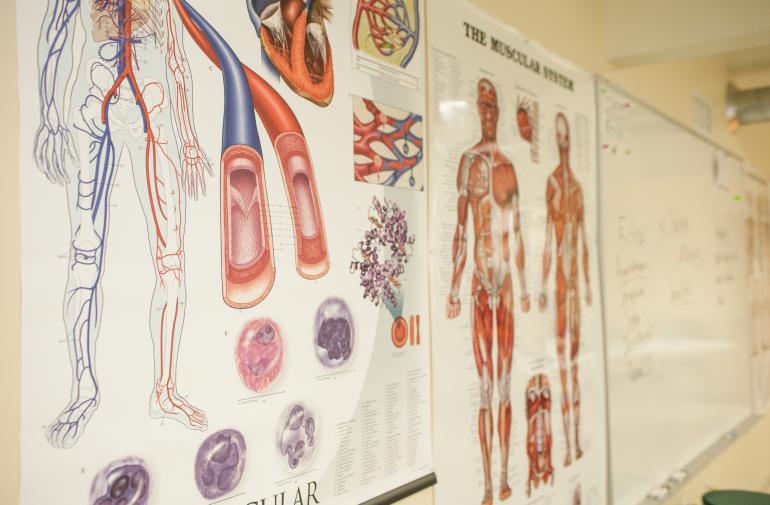
Frequently Asked Questions
Client: “I’m a mess….Can you tell how tight my muscles are?”
Massage therapist’s response: “We should never view the body as a “mess.” We may possibly work on muscles feeling more resistant, but “tight” might indicate strong, toned muscles, and for our touch, we are trained to keep an open mind. It is possible that the sorest muscles are not those most pronounced.”
Client: “I have a really high pain tolerance.”
Massage therapist’s response:“If you say you have a high pain tolerance, we might suggest that you have had to function while in a lot of pain. Instead, we might ask you to view pain as ‘the messenger’ and value your observations as keen guidance as to what your body needs.”
Client: “You’re the expert. I’ve never had a “real” massage.”
Massage therapist’s response: “Your body is actually ‘the expert’. It takes a mixture of effort on the parts of both giver and receiver to unwind the body’s own protective mechanisms.”
Client: “How do I know my massage therapist is skilled?”
Massage therapist’s response: Ask for recommendations. According to the State Department of Labor & Industry, there are 1,427 licensed massage therapists in Montana.







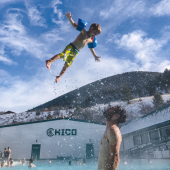


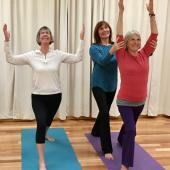

Leave a Comment Here